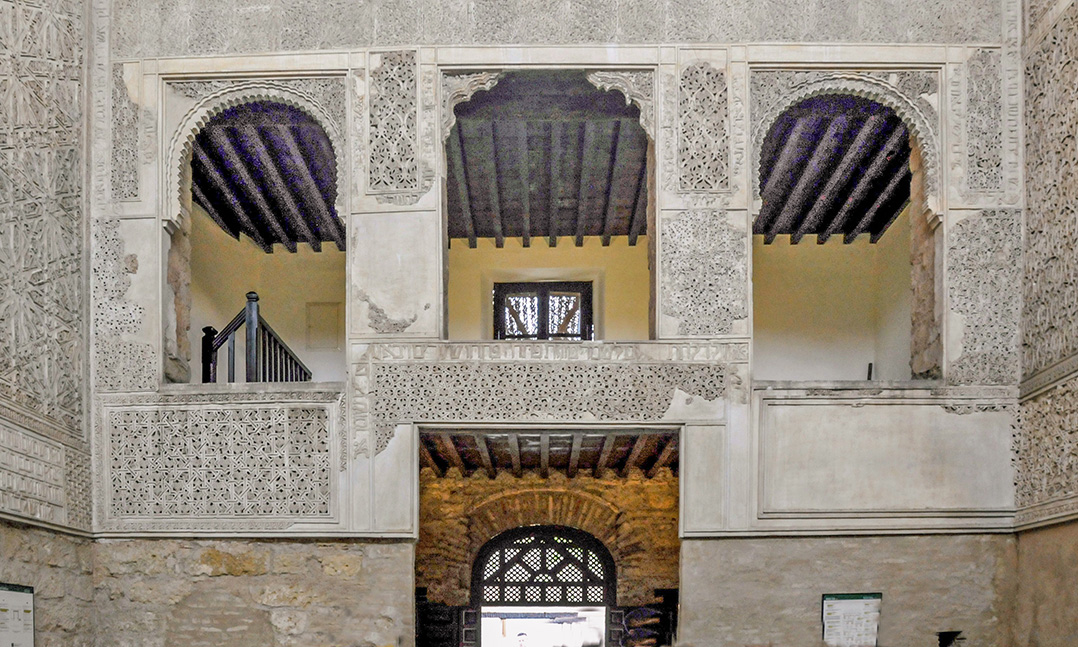Cordoba’s Jewish Quarter includes a synagogue reflecting the turbulent religious history of medieval Spain.
After Muslim invaders from North Africa captured southern Spain from the Christian Visigoths in 711 A.D., they made Cordoba the capital of a new Islamic state. With the encouragement of the rulers, Cordoba became a center of learning and commerce, attracting Jews from all across Christian Europe. By the 10th century, Cordoba, with a population of about 500,000, was the largest city in the world, with running water and lighted streets. In about 1160, a strict Muslim sect conquered Cordoba and threatened its Jews with death if they did not convert to Islam, signaling the beginning of Cordoba’s decline and the end of the so-called “golden age of Judaism.”
In 1236, Christian forces under Ferdinand III of Castile reconquered Cordoba and gave its remaining Jewish residents the right to build a synagogue, which they did. When Cordoba’s bishop complained that the new synagogue rivaled his cathedral in size, Pope Innocent IV had it demolished. In 1315, residents built a much more modest synagogue near where Moses Maimonides, the great Jewish philosopher, was born in 1135. The interior of the synagogue was decorated in the Mudéjar style developed under Islamic rule and featured an ornate balcony reserved for women.
After Ferdinand and Isabella expelled all the Jews from Spain in 1492, the synagogue was used as a hospital and later became a chapel used by the local shoemakers’ guild. In 1884, after inscriptions from the Book of Psalms were found on walls throughout the building, it was restored to close to its original appearance and maintained as a national monument. Today, the Cordoba Synagogue, which retains some evidence of its use as a chapel, is one of Cordoba’s most popular destinations. A statue of a seated Maimonides is nearby.



